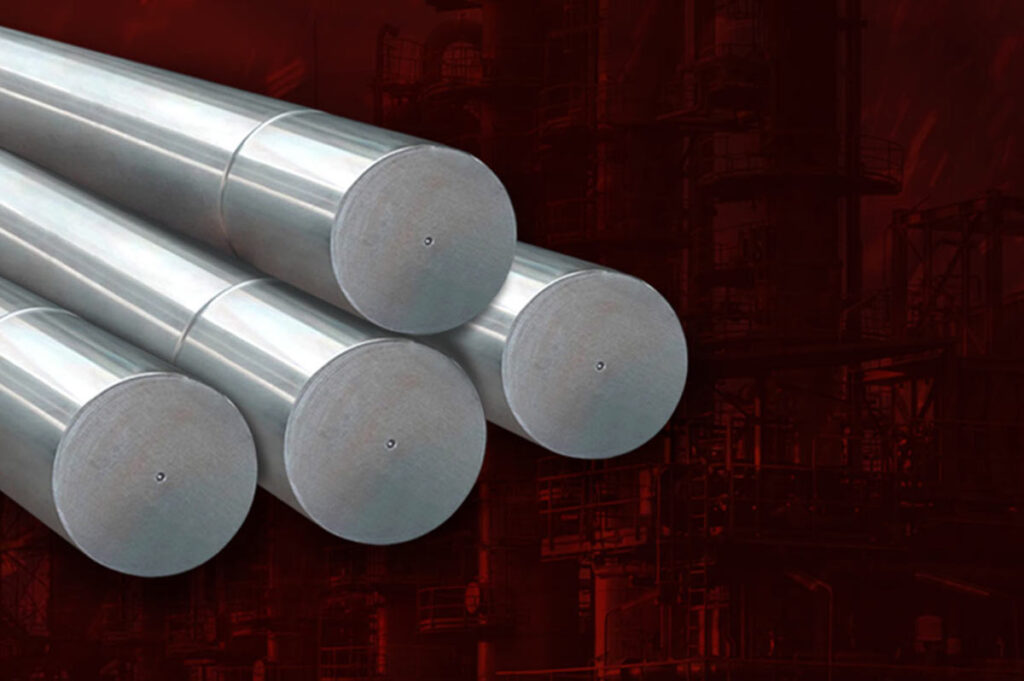Steel contributes its incredibleness to engineering and construction. consistent with the World Steel Association, 1868.8 million a lot of steel were made for the year 2019. This quantity represents a rise in production is nearly double from the last decade. Steel has grown up to date, it becomes a necessity for the development and machine business. to think about the very fact, it’s reclaimable, while not losing its qualities.
Steel is created of iron and carbon. Iron exists in abundance within the crust of the earth. Carbon binds with iron and forms a powerful molecular microstructure, that contributes hardness and lastingness to steel.
Steel can be categorised supported its composition. Basically, four major teams are as follows:
- Carbon Steel
- Stainless Steel
- Tool Steel
- Alloy Steel
Carbon Steel
Carbon is the principal alloy in carbon steel, i.e., 2% by weight. It also contains a minute quantity of alloying elements like manganese, silicon.
Stainless Steel

Stainless steel is an alloy that offers excellent corrosion resistance. The main alloying elements include chromium, nickel, and molybdenum. The content of alloys varies in different grades; chromium holds a minimum of 11% by weight. The most common stainless-steel grades are Ferritic, Austenitic, Martensitic, and Duplex stainless steel.
Stainless steel offers varied applications due to its versatile properties. numerous exceptional properties like strength, corrosion resistance, formability, hardness, weldability, and warmth resistance create Stainless steel an advantageous alternative worldwide. Stainless steel wide uses in industrial food process instrumentality, room utensils, chemical storage and producing, surgical instrumentality, marine use, appliance, etc.
Tool Steel
Tool steel is an appropriate alloy to be made into tools, as its name indicates. Its aptness can be defined by its distinctive properties. Typically, Tool steels are hard, wear resistance, toughness, and hold their edge at elevated temperatures. Tool steel is a carbon alloy; its prime alloying elements are tungsten, chromium, vanadium, and molybdenum. These alloying agents form carbide and play a dominant role in attaining quality. Generally, tool steels are heat-treated to improve hardness.
Tool steels are very hard; its resistance to abrasion and skill to endure stress makes it helpful in numerous industries. it’s unremarkably accustomed create knives, stamps, cutting, hammer, etc.
Alloy Steel

When carbon steel is alloyed with one or more metal, alloy steel is formed. Their alloying metals are manganese, silicon, nickel, titanium, copper, chromium, and aluminium. The various proportional amalgamations give improved hardness, superior corrosion resistance, improved formability, weldability, and magnified strength.
Varying alloy composition results in kind a broad application vary. Thousands of products can be manufactured with alloy steel & it is used in numerous industries such as automobiles, mining, railways, machinery, etc.
To conclude, Steel is that the most versatile valuable supply of the economy worldwide. Its eminent attributes create it considerably property additionally, it has an infinitely recyclable character and strength contributes to its utilization in each industrial sector.
For Any Product Related Queries
Contact Us Now
+91 9810 112 977




